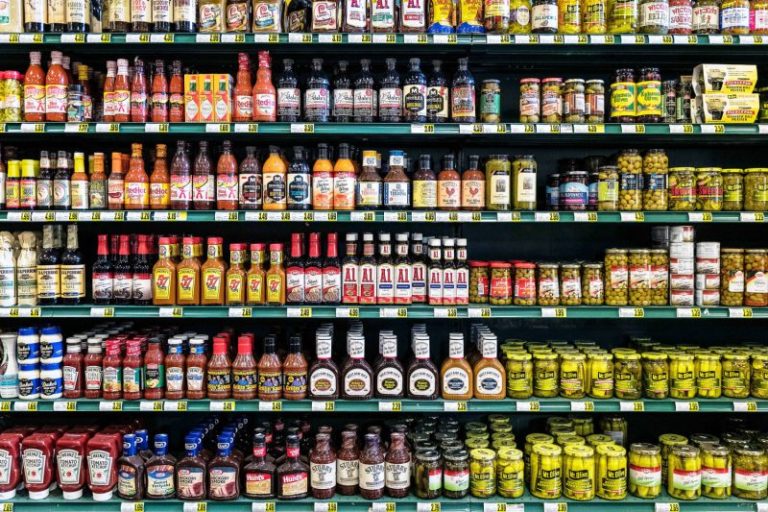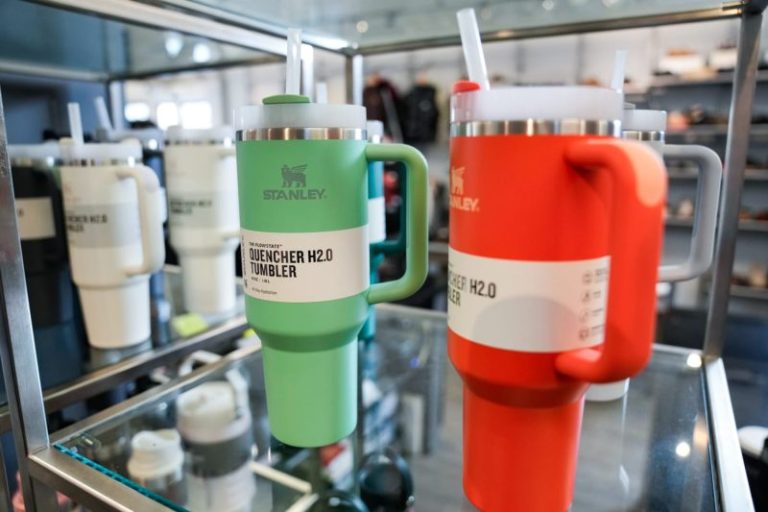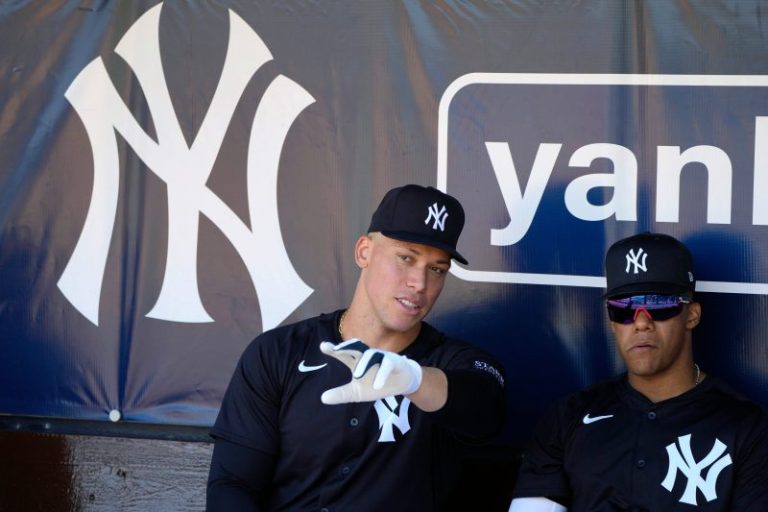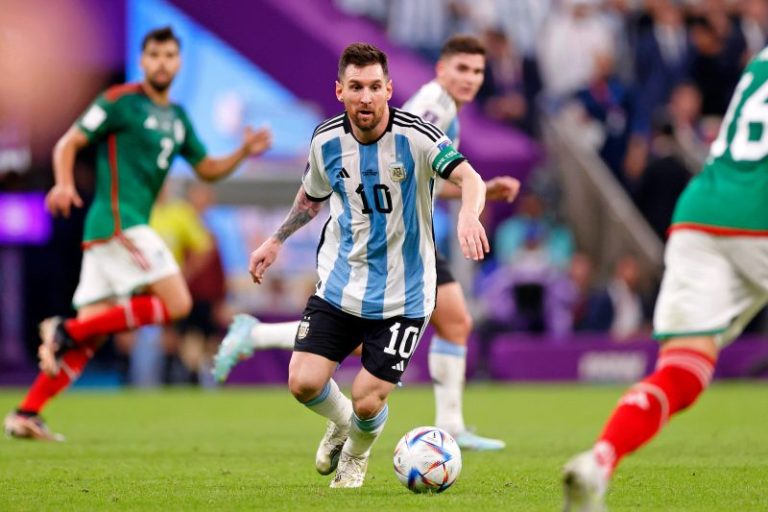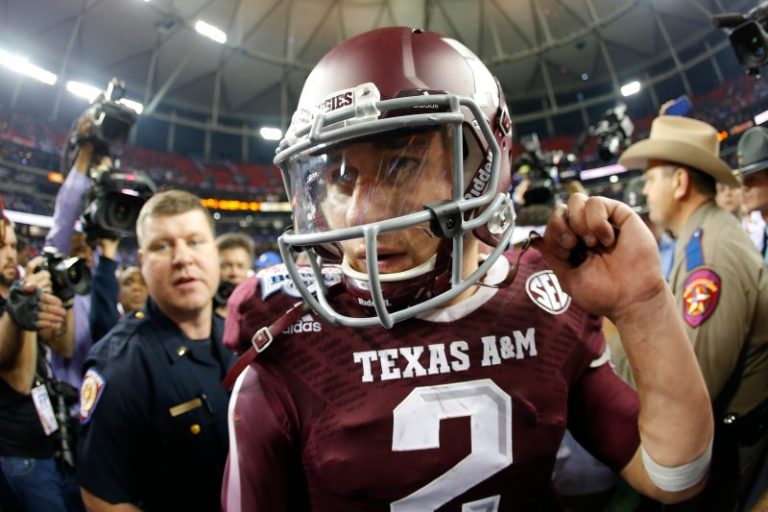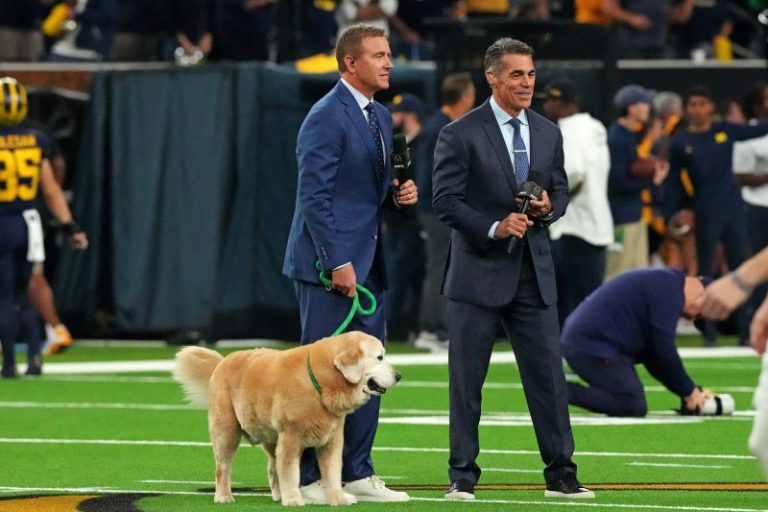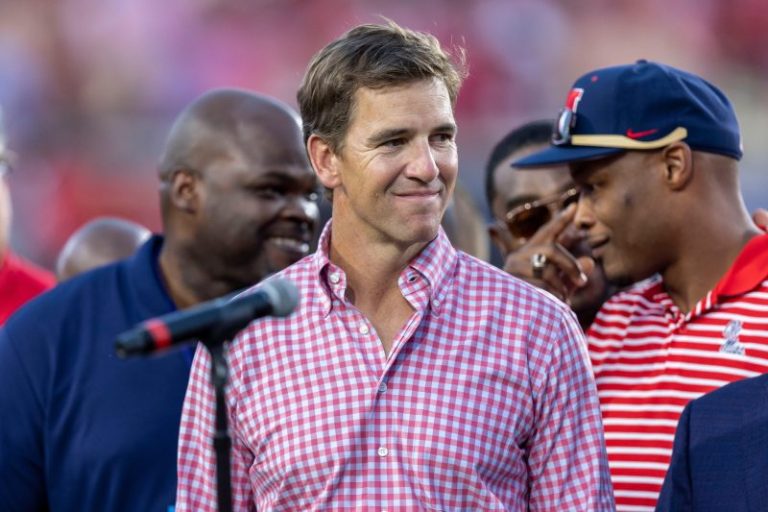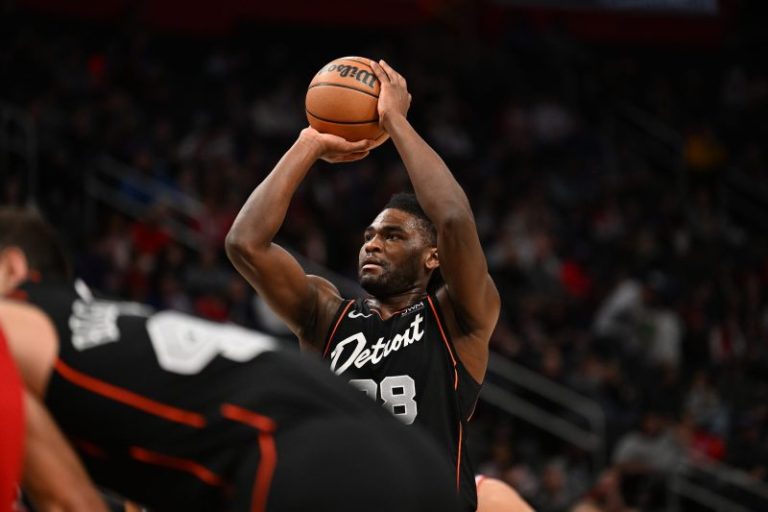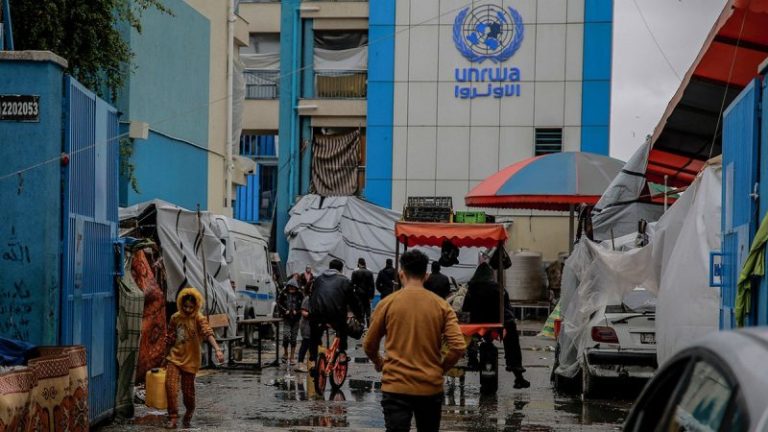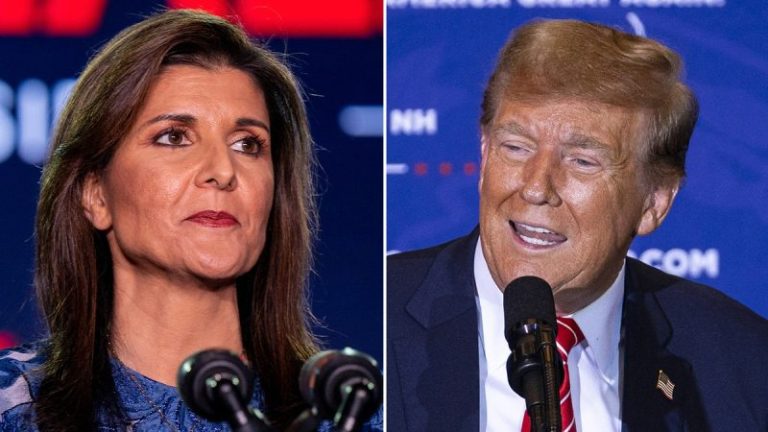With a handful of relatively premier free agents still available, baseball’s silly season will run up against March. But it’s never too soon to assess who scored best in their off-season maneuvers.
With that, USA TODAY Sports presents offseason grades for all 30 teams – while offering an opportunity for the class to perform some make-up work:
American League by Gabe Lacques, National League by Bob Nightengale
American League East
Baltimore Orioles: A-
Landing Corbin Burnes, the winter’s best pitching trade chip, without giving up their vaunted group of top 100 prospects was a huge coup for GM Mike Elias. Whether Craig Kimbrel can have a better October than he did in 2023 is to be determined.
HOT STOVE UPDATES: MLB free agency: Ranking and tracking the top players available.
Boston Red Sox: D
New York Yankees: B+
An A+, really, given what they were working with. But acquiring Juan Soto was going to require weakening some of the Yankees’ pitching depth; backfilling with Marcus Stroman is adequate.
Tampa Bay Rays: B
Perhaps the trade of Tyler Glasnow was inevitable and if so, Ryan Pepiot is a promising if not spectacular arm to work with, while Jonny DeLuca replaces Manuel Margot’s outfield depth.
Toronto Blue Jays: C
Like noshing on appetizers without ever getting to the main course. Just a wild amalgam of utility infield-DH types, from Isiah Kiner-Falefa and Justin Turner to Eduardo Escobar and Daniel Vogelbach (on minor-league deals).
AL Central
Chicago White Sox: C-
About what one would expect from a club nowhere near contention, although Mike Soroka and Corey Knebel are interesting reclamation projects that could yield fruit at the trade deadline.
Cleveland Guardians: C
Austin Hedges is back, baby.
Detroit Tigers: C-
An intriguing team in a winnable division could have seemingly used an injection of Matt Chapman or J.D. Martinez. The rotation added veteran innings with Kenta Maeda and Jack Flaherty.
Kansas City Royals: B
Minnesota Twins: C
Admittedly hamstrung by their local TV deal, the Twins were helpless to retain Sonny Gray, Kenta Maeda, Tyler Mahle and Emilio Pagan. Starter Anthony DeSclafani and DH Carlos Santana are the cavalry hoping to keep the division flag in the Twin Cities.
AL West
Houston Astros: B-
A fairly out-of-character $95 million commitment to Josh Hader shook up the bullpen; a Jose Altuve extension ensured he’ll be in H-Town forever. Is the bench deep enough? Will they miss Martín Maldonado? A deep division will test them.
Los Angeles Angels: D
Perhaps owner Arte Moreno will get antsy and throw a ton of money at Blake Snell, though it probably doesn’t matter, either way. Shohei Ohtani is gone, and that the Angels had virtually no chance to retain him is an indictment of years of dysfunction.
Oakland Athletics: F
They can’t add viable players because their stadium is years from being built but we don’t know what the stadium will look like nor where they’ll play for three years or if anyone in Las Vegas has heard of Alex Wood.
Seattle Mariners: A-
Snagging Luke Raley from a Tampa Bay club needy for a shortstop was nice; adding Mitch Haniger and Mitch Garver should also help the offense. And an 88-win team didn’t have to touch any of its deep and vaunted pitching.
Texas Rangers: B-
An interesting choice to add Tyler Mahle off Tommy John surgery given that Jacob deGrom and Max Scherzer both will miss much of the first half. The lineup remains nearly perfect; Nathan Eovaldi needs to stay healthy all year.
National League East
Atlanta: B-
Really, they didn’t have to do much considering the way they have dominated the NL East. They have Max Fried and Spencer Strider atop the rotation, and added former Boston Red Sox ace Chris Sale. They also acquired former prized prospect Jarred Kelenic to be their everyday left fielder and reclamation project. They could have done more, but why tinker with greatness?
Miami Marlins: F
The Marlins will be without ace Sandy Alcantara all season and did nothing to replace him. They lost power-hitting outfielder Jorge Soler to free agency, and did nothing to replace him. Their biggest move was hiring Peter Bendix to run baseball operations.
New York Mets: F(+)
Remember when they were scaring the daylights out of everyone with Steve Cohen’s checkbook? Well, reality hit with nothing more than a $200 million loss to show for their record payroll. They tried to sign Yamamoto, but once they lost out, decided to pass on the marquee free agents. They signed Luis Severino and Sean Manaea and traded for Adrian Houser simply to fill out the rotation. They are content to tread water this year, and will listen to trade offers for All-Star first baseman Pete Alonso at the trade deadline – but should go for the gusto next year with Juan Soto in their sights.
Philadelphia Phillies: C+
The Phillies re-signed starter Aaron Nola to a seven-year, $172 million contract, but did little else. They made the highest bid for Yoshinobu Yamamoto but he opted instead for the Dodgers. They haven’t been involved in the sweepstakes for Blake Snell or Jordan Montgomery, instead just bolstering their depth and bench. They once again will rely on their 2023 team, hoping that Johan Rojas is the answer in center field.
Washington Nationals: F
The Nationals, who won the World Series in 2019, haven’t won more than 71 games in a season since. Their biggest move was supposed to be a sale to new owners willing to spend, but the Lerner family decided not to sell after all. Their only significant moves were adding outfielder/first baseman Joey Gallo and reliever Dylan Floro. They have a loaded farm system, and are hopeful that the returns from their 2022 Juan Soto trade Padres and 2021 Max Scherzer/Trea Turner deal start to pay off. The future is bright, but it will be years before they can ever challenge Atlanta.
NL Central
Chicago Cubs: D+
Really the grade should be incomplete. The Cubs vowed all winter to be big spenders in free agency, and barely opened their wallet with the signings of starter Shōta Imanaga and reliever Hector Neris. Yet, with free agent center fielder/first baseman Cody Bellinger, Gold Glove winner Matt Chapman, power-hitting DH J.D. Martinez and starters Blake Snell and Jordan Montgomery still on the open market, it’s hard to believe the Cubs won’t land at least one of them. One GM predicts the Cubs will actually sign all three position players.
Cincinnati Reds: B+
The Reds, refusing to rest on their laurels after missing the postseason by just two games, spent $108 million during the winter, bolstering their pitching staff with Frankie Montas, Nick Martinez, Emilio Pagan. Brent Suter and Buck Farmer. And they added even more infield depth by signing Jeimer Candelario to replace Joey Votto. They’re built to win now, and the future.
Milwaukee Brewers: C+
They are masters at threading the needle, and believe they have done the same again. They signed power-hitting first baseman Rhys Hoskins to a two-year, $34 million contract, but a week later traded Cy Young winner Corbin Burnes to the Baltimore Orioles. Their starting rotation is now Freddy Peralta, Wade Miley, Jakob Junis, Colin Rea, and DL Hall, whom they acquired in the Burnes trade. They will rely on their youth movement, led by top prospect Jackson Chourio, to get them back into the postseason.
Pittsburgh Pirates: D-
The Pirates keep showing improvement, but their progress is painfully slow. They went out and stunned the industry by signing reliever Aroldis Chapman to a one-year, $10.5 million contract, giving them a dynamic 1-2 punch with David Bednar. They also signed veteran starter Martin Perez and acquired lefty Marco Gonzales in a trade, leaving their projected payroll at $81 million, ahead of only the Oakland A’s. They have yet to sign a free agent for more than $17 million since catcher Russell Martin in 2012.
St. Louis Cardinals: B-
Cardinals president John Mozeliak promised they would add three starting pitchers after last year’s disastrous season and quickly delivered this winter, bringing in three veterans with Sonny Gray, Kyle Gibson and Lance Lynn. Certainly, the Cardinals aren’t concerning themselves with a youth movement. Lynn and Gibson are 36, and Gray is 34, the heart of the oldest starting rotation in baseball.
NL West
Arizona Diamondbacks: A-
They had a sneaky-fabulous offseason by signing frontline starter Eduardo Rodriguez, re-signing left fielder Lourdes Gurriel Jr., trading for third baseman Eugenio Suarez and signing free-agent DHs Joc Pederson and Randal Grichuk. On paper, this is a much improved team from their 84-win team of a year ago. They may be chasing the Dodgers all year, but they definitely should be back in the postseason.
Colorado Rockies: F
The Rockies sat out of the free-agent market, knowing that they still are years away from contending. They signed veteran catcher Jacob Stallings, pitcher Dakota Hudson, and acquired pitcher Cal Quantrill in a trade with Cleveland. They will rely on their youth movement, including potential stars Nolan Jones and Ezequiel Tovar. They badly need Kris Bryant to stay healthy and are moving him to first base. Bryant still has five years remaining on his seven-year, $182 million contract.
Los Angeles Dodgers: A+
Hey, when you spend $1.2 billion, you better get an A. The Dodgers added Shohei Ohtani and Yoshinobu Yamamoto and Tyler Glasnow, then kept on going with Teoscar Hernandez and James Paxton. This is a team that won 100 games last year, winning the NL West for the 10th time in 11 years, but now have perhaps the most talented team since they moved in Los Angeles with four MVPs on the roster. The easiest prediction in baseball this season is that the Dodgers win the NL West. It’s World Series or Bust.
San Diego Padres: D
When you trade away slugger Juan Soto, let Cy Young winner Blake Snell and All-Star closer Josh Hader walk, along with veterans Michael Wacha, Seth Lugo and Nick Martinez, it’s a lousy winter. They at least got perhaps 60 cents on the dollar in their trade with the Yankees for Soto, bringing in four pitchers: Michael King, Drew Thorpe, Jhony Brito and Randy Vasquez. They all have a chance to make their staff out of spring training. They also signed Japanese reliever Yuki Matsui to a five-year deal, lefty Wandy Peralta to a four-year deal and and Korean reliever Woo-Suk Go to a two-year deal contract.
San Francisco Giants: B
The Giants didn’t get Ohtani. Or Yamamoto. And it appears not Cody Bellinger or Blake Snell either. But they did grab a leadoff hitter and center fielder in Korean star Jung Hoo Lee with a six-year, $113 million deal, a power-hitter in Jorge Soler (three years, $42 million), trade for a former Cy Young winner in Robbie Ray, and signed hard-throwing right-hander Jordan Hicks (four years, $44 million). The Giants’ free-agent commitments totaled $207.25 million, second-highest total behind only the Dodgers.
This post appeared first on USA TODAY

